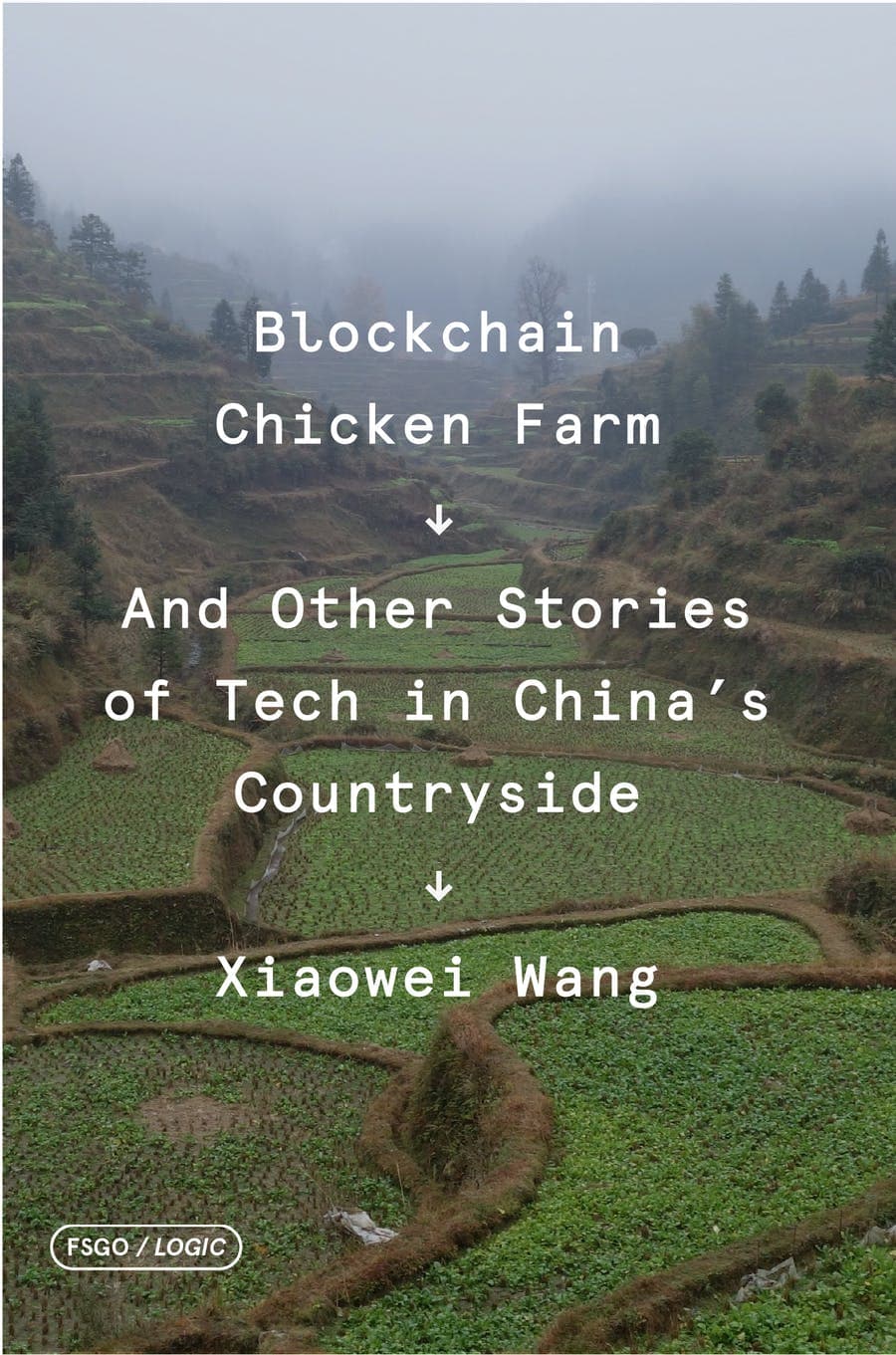Metronormativity is pervasive—it’s the normative, standard idea that somehow rural culture and rural people are backward, conservative, and intolerant, and that the only way to live with freedom is to leave the countryside for highly connected urban oases.52 ↱

Blockchain Chicken Farm
And Other Stories of Tech in China's Countryside
Xiaowei Wang
Loading highlights…